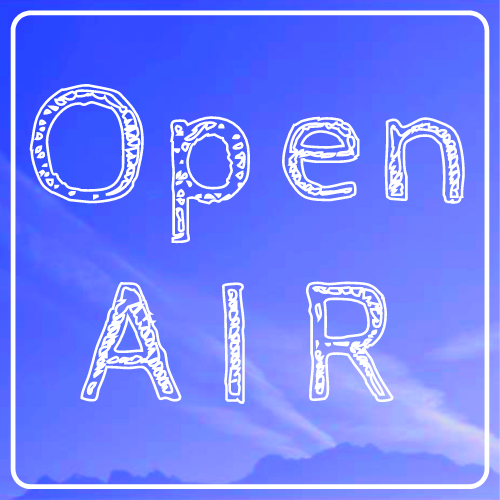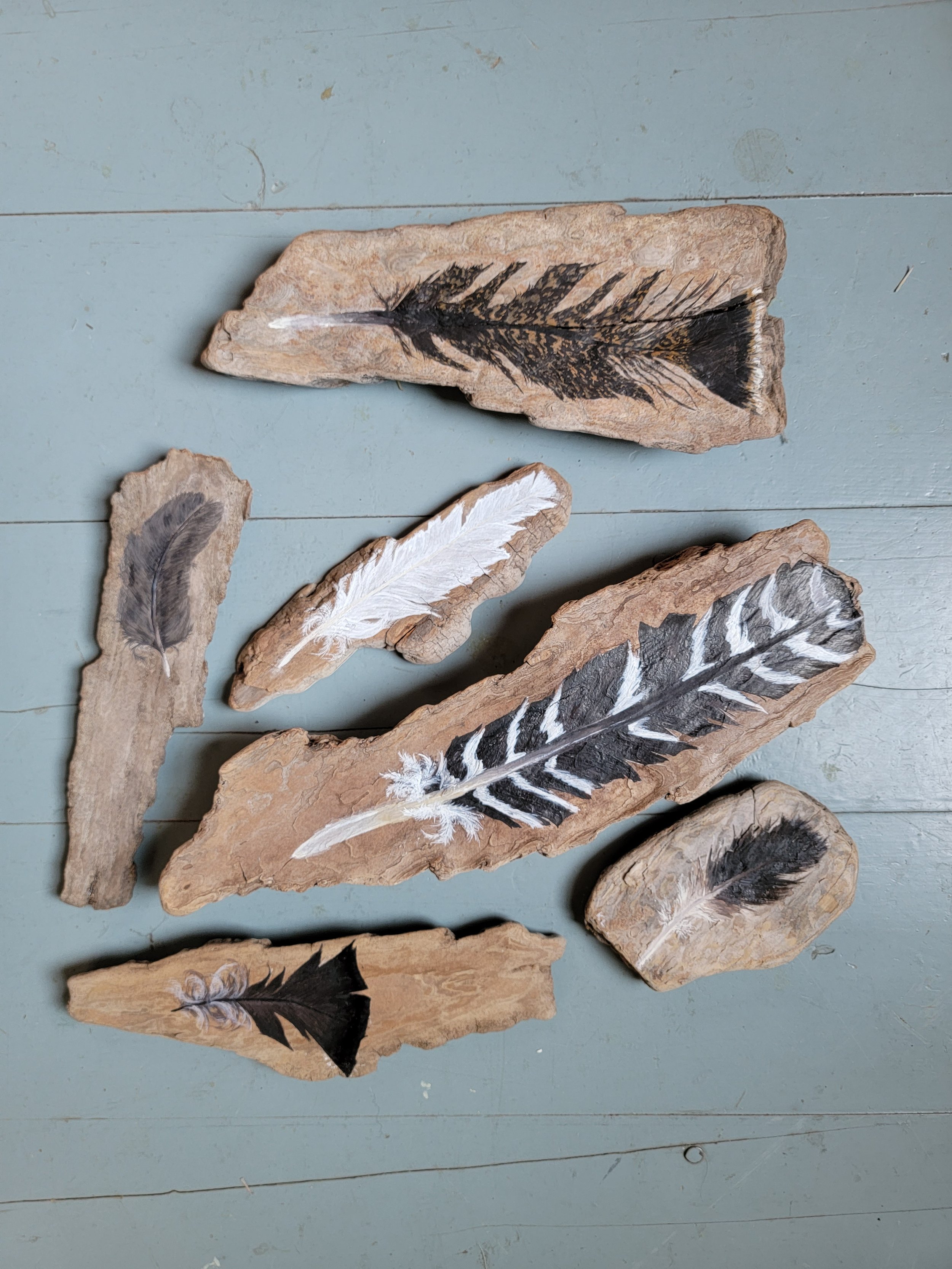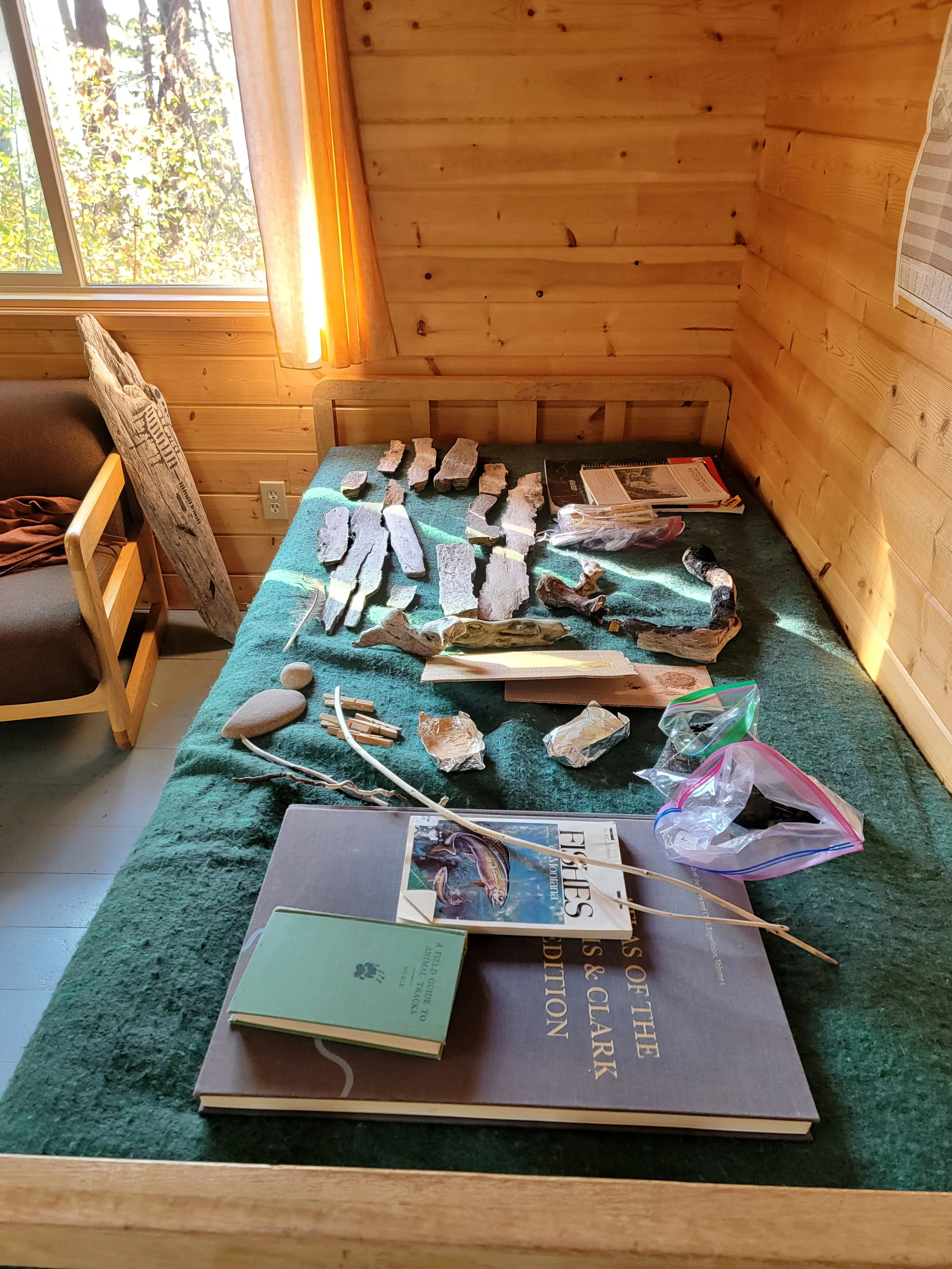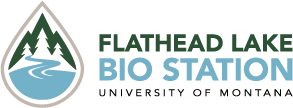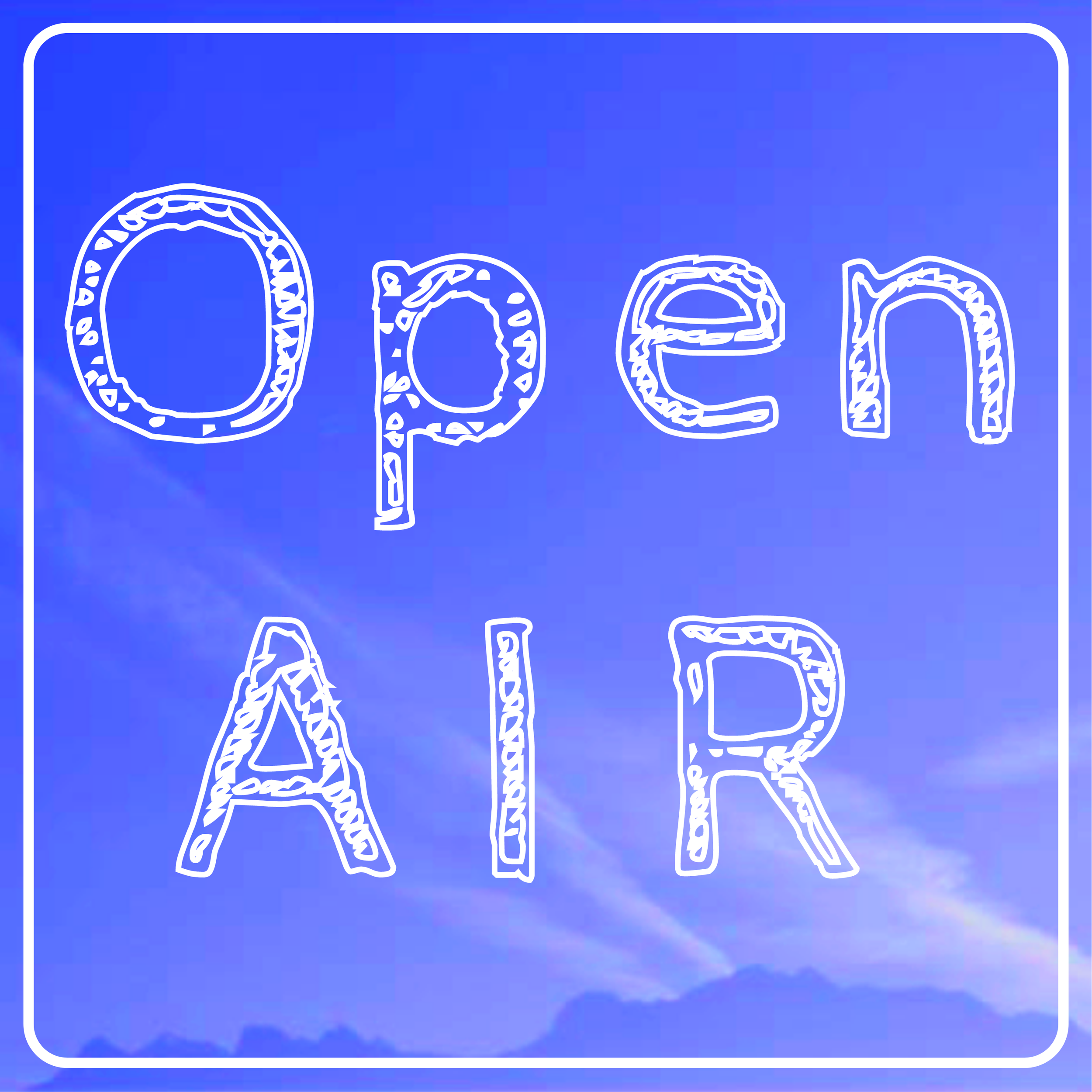Kelsie Leonard: INTROSPECTIVELY
“Our understanding of the ecosystems and microcosms that surround us is so infinitesimal that it almost feels irresponsible not to explore every avenue of gathering new data about this world in which we live”
2022 Artist-in-Residence at Flathead Lake Biological Station
Bark pieces painted by Kelsie during her residency at FLBS
How was your experience as an Open AIR Artist-in-Residence?
I went into this residency with very little idea of what to expect – and the people at both Open AIR and FLBS were so incredibly gracious and supportive that it almost felt confusing. I have never participated in a residency program before and was deeply nervous about living up to the expectations I set for myself and the ones I was worried others held for me. But the folks at Open AIR provided a wonderful forum for me to voice these fears and worries, and to my surprise, I was not the only one feeling this way. In that moment, I realized part of what was most wonderful about this experience was this micro-community of other artists. I was particularly lucky to be in residence with three other artists who all profoundly impacted my experience and provided a richness to my stay both on a creative front and on an emotional front.
Kelsie hiking during residency at FLBS
What was your research process during this time?
My research process was rooted primarily in spending as much time outside as possible. Inspecting the grounds of the Flathead Lake Biological Station with a fine tooth comb and coming to know it intimately. Walking the 1-mile nature trail at least once almost every day, at variable times of day in different directions, walking it slowly and quietly. During these walks, I saw local “residences” such as whitetail deer, elk, black bears, and eagles. Documented where I sited them, inspected their trails and tracks, the scat they left behind, the trees they favored. As I became more intimate with these elements, I started collecting natural objects (stones, branches, bark, feathers, bones, teeth, etc). Ultimately these objects began to lead to a recording process of painting what I was seeing/finding. Almost in an homage to early naturalists, where there was still a strong degree of artistic input in recording their experience, I ended up with a collection of paintings of objects I had collected on pieces of ponderosa pine bark gathered from the lake shore.
Kelsie's collection for research and artistic exploration at FLBS
What are you up to now (post Open AIR)?
Post Open AIR I have been more seriously considering how traveling impacts my artistic practice and how I can create work that can be viewed as a cohesive body. The work I produced while in residence really forced me to look introspectively about making place-based work and to come to the conclusion that the act of exploration is so integral for me in my creative process. How my love for small details, small intimate moments in a place that can only be found by looking closely and purposefully, can be translated to any and all of my traveling experiences.
Tree bark painted by Kelsie during her residency.
How would you describe your work?
My work has always been about creating a record of what I see. It has a naturalist air to it and always strongly leans into flora and fauna for source material.
Collection of Kelsie's work displayed at the FLBS Museum.
What keeps you returning to this subject, body of work?
Nature has always called to me, even since childhood. I think making work about the things I have seen, or would like to see, is my constant exploration of the boundaries and nature of my relationship with the environment. How do I get closer – how do I see more – what kind of information can I collect from this experience – are all thoughts I frequently have when considering how I interact with the world. Our understanding of the ecosystems and microcosms that surround us is so infinitesimal that it almost feels irresponsible not to explore every avenue of gathering new data about this world in which we live.
Kelsie in her cabin up at FLBS
Have your material choices changed over the years?
Drastically! Ceramics were a very early love that slowly gave way to papermaking, to bookmaking, printmaking, and now most recently, painting. In part, some of these changes were the result of access and equipment. But in this most recent transition from block printing to painting, I think it was a much more cerebral shift. I think that at my core I love process-based media, things with many repetitive steps, but I think the risk with that is the ability to fall into a lull of routine bound by the various steps of the process. I think painting allowed me to start creating pieces that had a sense of finality – that had a definitive conclusion. When you finish a painting there is not consideration for “what if this painting, but on different paper, or different colors, different press, etc.” it is a discrete and singular object. This sense of completion has felt refreshing and encourages me to continue expanding my exploration of nature in new expressions.
The FLBS fall 2022 artists-in-residence hiking
To learn more about Kelsie, visit her website www.oddduckprinting.com and check out her Instagram @oddduckprinting
